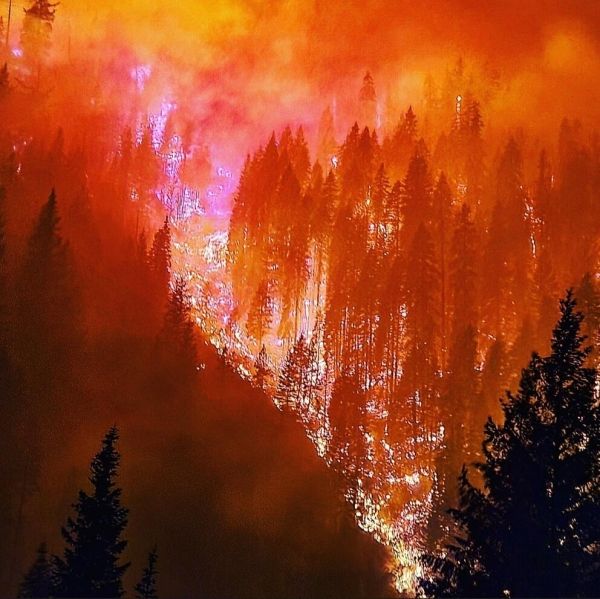Previous fires may hold the key to predicting and reducing the severity of future wildfires in the western United States as fire activity continues to increase, according to researchers from Penn State and the U.S. Forest Service.
“We have a good understanding of how fire used to interact with dry, forested landscapes before we implemented the policy of fire suppression, and how fire seems to be deviating from these patterns today,” said Alan Taylor, professor of geography and ecology and interim director of the Earth and Environmental Systems Institute at Penn State. “Thinking about the fire problem broadly, one of the proposed solutions is to increase the use of prescribed fire and to use wildfires burning when conditions are favorable to reduce the potential for severe canopy replacing fire over time. This has been happening in an ad hoc way over the last 40 years in the Klamath Mountains, so it’s an ideal place to look at these ideas in action and determine what might happen if we implement these practices on a large scale.”
The researchers analyzed 106 fires that burned in the Klamath Mountains in northwestern California and southwestern Oregon between 2002 and 2018. They focused on two types of fires — non-reburns, or the first fires in an area in nearly 100 years, and reburns, or fires in areas that have burned at least once since 1984. They classified areas within each fire perimeter as having burned at low, moderate or high severity.
Read more at: Pen State
The River Complex fires burn in Klamath National Forest. Photo Credit: Reid Barney/United States Forest Service


